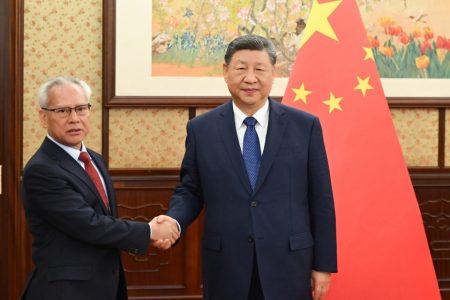Legislative Assembly Electoral Affairs Commission (CAEAL) President Tong Hio Fong has reaffirmed that each voter can only back the nomination of one list for the legislature’s direct election and one list for the indirect election, which both will be held on 12 September.
Tong added that for this year’s direct election, each voter who backs the nomination of a particular candidate list will be required to express his or her support for the list by signing a separate piece of paper which will be attached to the respective list’s nomination-committee application form.
This marks a change from 2017 election procedures when a number of sheets of paper contained the collective signatures of a number of voters who supported the respective candidacy list’s nomination.
Tong said that the change concerning this year’s direct election aims to ensure that voters will be fully aware that they are signing a paper in support of the nomination of a particular candidacy list.
Macao’s 33-member legislature comprises 14 directly-elected seats, 12 indirectly-elected seats and seven government-appointed seats. While 14 lawmakers are elected by universal suffrage, 12 are elected by registered association representatives. The remainder are appointed by the chief executive shortly after the elections.
The commission has already started to distribute application forms for those wishing to establish nomination committees on behalf of those seeking to run in the elections. The deadline for the nomination-committee applications is 15 June.
Each registered voter is entitled to endorse the nomination committee of just one candidacy list.
According to the Legislative Assembly Election Law, only political associations and nomination committees have the right to nominate candidacy lists for the direct-election process.
For directly-elected seats, a nomination committee must contain at least 300 and no more than 500 registered voters. Regarding the indirect election, each nomination committee must be formed by at least 20 per cent of the associations in the respective functional constituency.






